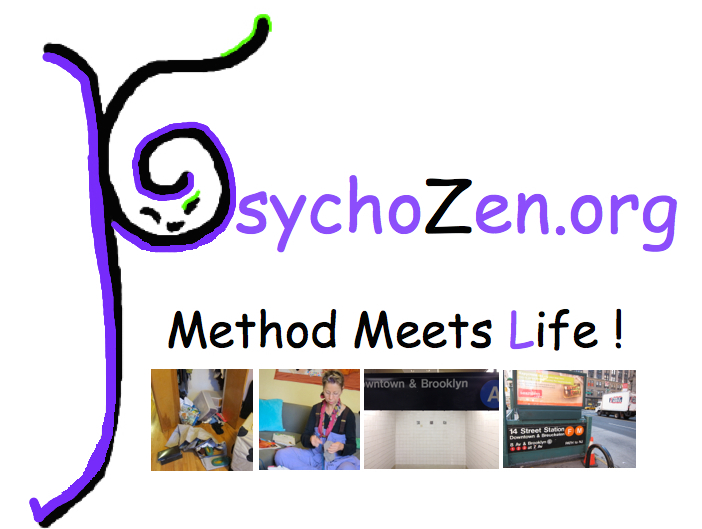Work Flow
 Thursday, May 23, 2013 at 10:29AM
Thursday, May 23, 2013 at 10:29AM Sit down at 9am and glare at the computer and produce product without interruption til 5pm.
It is astonishing to me how many people still actually believe that this is the workflow ideal. No one does it. It doesn’t work. Trying to work that way produces exhaustion, irritation, and really bad products that people then spend billions advertising, and buying, and using, and getting even more frustrated about the meaningless of this spinning wheel we are on.
 Work Flow should fit your natural rhythms and tendencies. Not too tight and not too loose. Most of us have times during the day when we are alert, focussed, and energetic. Other times we feel sluggish. Some times we’re too excited to sit still. Occasionally (or more often), we just feel like chatting.
Work Flow should fit your natural rhythms and tendencies. Not too tight and not too loose. Most of us have times during the day when we are alert, focussed, and energetic. Other times we feel sluggish. Some times we’re too excited to sit still. Occasionally (or more often), we just feel like chatting.
If your day is well-balanced, you will feel good and you’ll get a bunch of stuff done.
This is how I’ve set it up for myself.
Morning is when my mind is least cluttered and most in tune with itself, so that is when I schedule serious projects that require thinking. I block off three hours, but I don’t work for three hours straight. I work for a half hour, then break, then another half hour. Most of the time I use a timer, aiming for three 1/2-hour work periods, surrounded by rest breaks. I like to break for at least 20 minutes, doing housework, or embroidery, or eating food. I don’t get too rigid or I rebel by not starting or by drying up.
After my morning work period, I either do home related stuff or head out the door for stuff I do with other people. I like my longish commute from Northern Manhattan because it gives me a chance to let things settle. If I’m not doing anything later, I might go back to what I’m working on, but only if I’m really inspired or if I have a deadline (more on deadlines later).
At some point during the day, usually in the morning before my work period, I move and connect with my body. At some point during the day, sometimes several times a day, I meditate.
Now you! Start with what immediately makes sense to you and give it a shot. You don’t have to create a permanent system, just one that works for today, so you can commit yourself to the activity at hand. When working, just work. When walking, just walk. When resting, just rest. It’s a Zen thing.
Once you have decided to sit down and work on a thing, it is time to Focus.
___________
Notes:
- Lots of Psych research backs up the principle of Sprint and Rest, nicely summarized in The Power of Full Engagement, written for Business People. I like a nifty book called “Now Habit,” and I like what I hear about the Pomodoro technique, though I don’t use it officially.
- Details:
- Don’t start projects during your breaks, or if you do, try to leave time to put them away so they don’t overwhelm you later.
- Don’t get too ambitious just because you got stuff done. Just congratulate yourself and rest.
- Sometimes it’s good to change locations. It gives a fresh perspective. But be careful not to run away.
- Sometimes it’s good to go back and forth between verbal work and visual work. They can inform and refresh each other.
 Work Flow
Work Flow 
Reader Comments